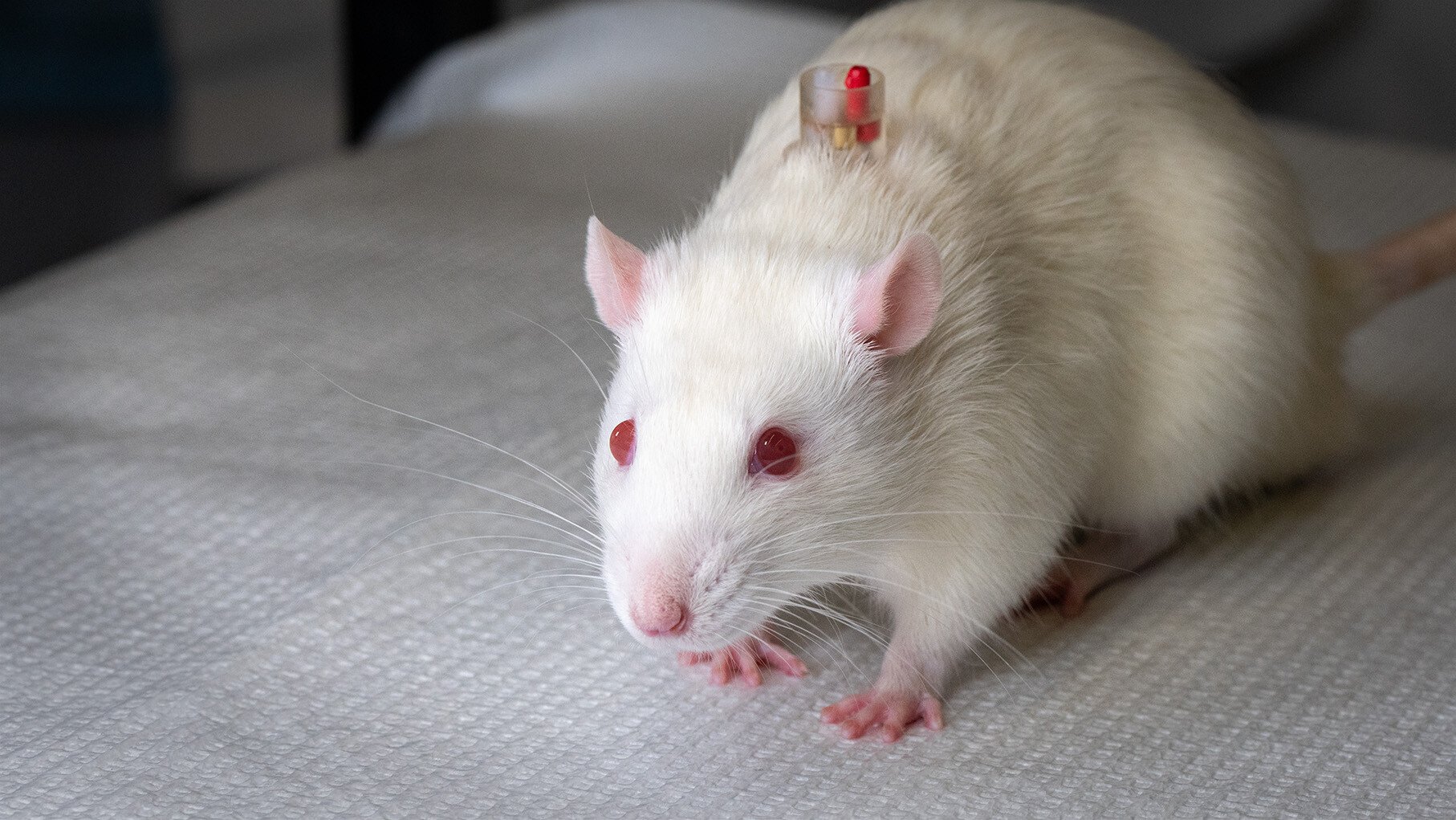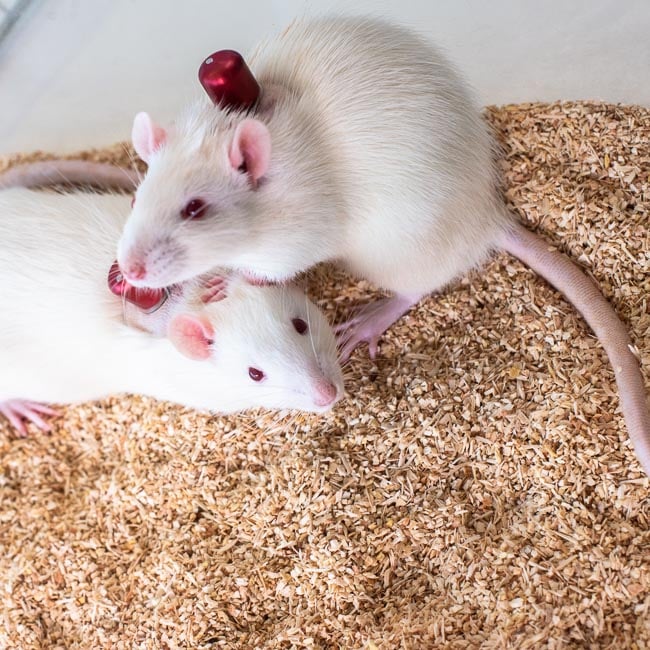Amy Martunas, CVT, RLATG, SRA, SRT, Instech Global Director, Preclinical Application Support and Lena Medina, RLATG, Instech Sales Director, North America discuss the following topics in this 48 minute long radio-talk-show like webinar:
DIY Catheters and the Fluid Pathway
- Why sterility is important and sterile cut tubing segments
- Catheter tip shape and its resulting impact on patency
- Long-term patency goals
- Contamination and how it relates to patency failure
- Subclinical infections and how they impact study outcomes, animal welfare, and scientific data
- When it is or isn't acceptable to use non-sterile products
Vascular Access Buttons
- Definition of open versus closed systems
- Surgical tips, dos and don'ts
- Positive Pressure Technique
Sterile Solutions
- Making your own catheter lock and flush solutions - when is it ok?
- Definition of sterile, pharmaceutical-grade, USP 797
- Regulatory guidance and recommendations including animal welfare, USDA, OLAW, and AAALAC
Resources
Guide for the Care and Use of Laboratory Animals
Rodent Surgery Application of Aseptic Technique and Perioperative Care
Guidelines for Rodent Survival Surgery
Animal Welfare Act and Animal Welfare Regulations
PHS Policy on Humane Care and Use of Laboratory Animals
Guidelines for the Use of Non-Pharmaceutical Grade Compounds in Laboratory Animals
AAALAC Guidance Pertaining to Non-Pharmaceutical-Grade Compounds
VAB™ and Positive Pressure Technique Can Improve Patency of Rodent Catheters

